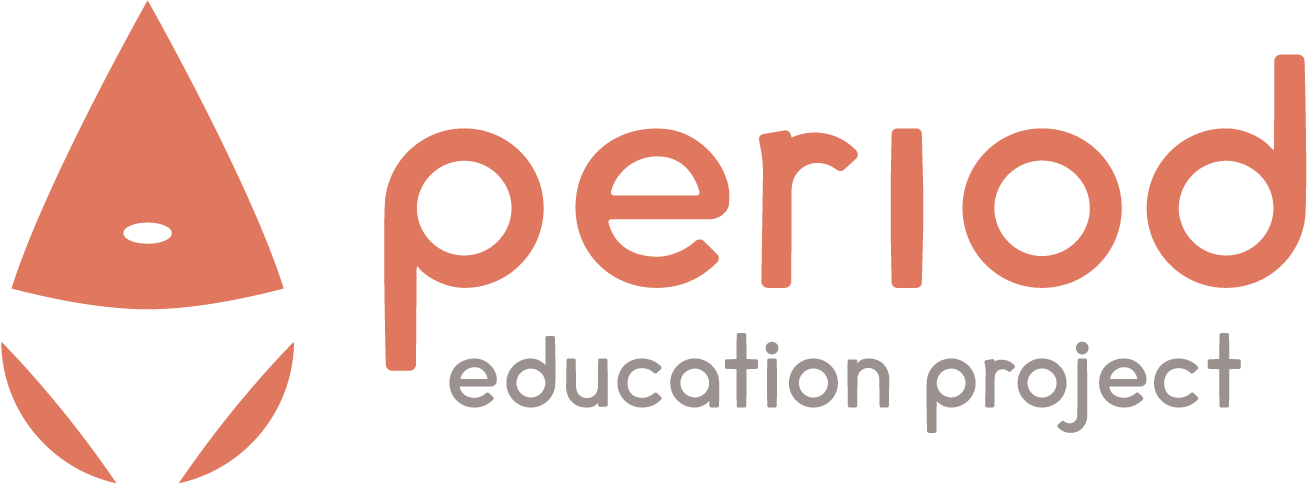By Carolina Venturi, Period Pro from The University of Houston College of Medicine
Have you heard of Premenstrual Syndrome, or PMS? If you menstruate, chances are that it’s an experience you might be familiar with.
Let’s play a quick game of PMS Never Have I Ever. Take note of things that resonate with you. Ready?

Carolina Venturi, Period Pro
- Never have I ever experienced mood swings before my menstrual cycle?
- Never have I ever noticed sleep changes before my period?
- Never have I ever experienced aches and pains before my cycle?
- Never have I ever felt endless hunger and bloating before menstruating?
If you’re familiar with any–or all–of these experiences, you’re not alone. Whether or not you know the official name for it, most menstruators experience at least some PMS symptoms before their periods.
So, what is PMS? By definition, premenstrual syndrome is a collection of symptoms (both physical and psychological) that appear during the luteal phase of one’s menstrual cycle and subside 1-2 days after menstruation begins. These symptoms occur in the 2 week period between ovulation (the release of an egg) and menstruation (the shedding of the lining). During the luteal phase, the body experiences a surge in the hormone progesterone, which helps thicken the lining of the uterus to help it prepare for a fertilized egg. Progesterone is also responsible for a lot of the PMS symptoms.
These internal physical changes occur at the same time as the physical and psychological symptoms of PMS, but the symptoms and severity of them can be very different from menstruator to menstruator. Common symptoms include bloating, bigger emotions, feeling tired, achy, and extra hungry. See the list below for more symptoms:
Now that you can recognize PMS, what can you do to feel better?
Sometimes, just being aware and knowing why you’re having symptoms can be enough to make you handle them better. When you know the symptoms are temporary, they’re easier to accept.
But if symptoms are affecting your day or your relationships, there are definitely some prevention and/or treatment options, including lifestyle modifications, medications, or both.
Helpful lifestyle modifications include staying well hydrated, eating less processed foods, getting enough quality sleep, and exercising regularly. Yoga has been shown to help with PMS symptoms. It may also help to be mindful of making time for things you enjoy that help you relax, such as journaling, drawing, or reading.
Medications can be used for symptomatic relief, and your healthcare provider can help find the best treatment for you. For example, non-steroidal anti-inflammatory drugs (NSAIDs), like aspirin and ibuprofen, may help reduce cramps or pain. Additionally, antidepressants can aid with mood regulation, birth control pills are often used to eliminate PMS symptoms all together by stopping ovulation or even stopping periods.
For some menstruators, the premenstrual symptoms can be so severe that they disrupt daily life and relationships by causing severe depression, extreme moods, or even suicidal thoughts. This more severe presentation is known as premenstrual dysphoric disorder (PMDD). If you are concerned you might have PMDD, it is very important to discuss this with your healthcare provider and get treatment.

Recent Comments